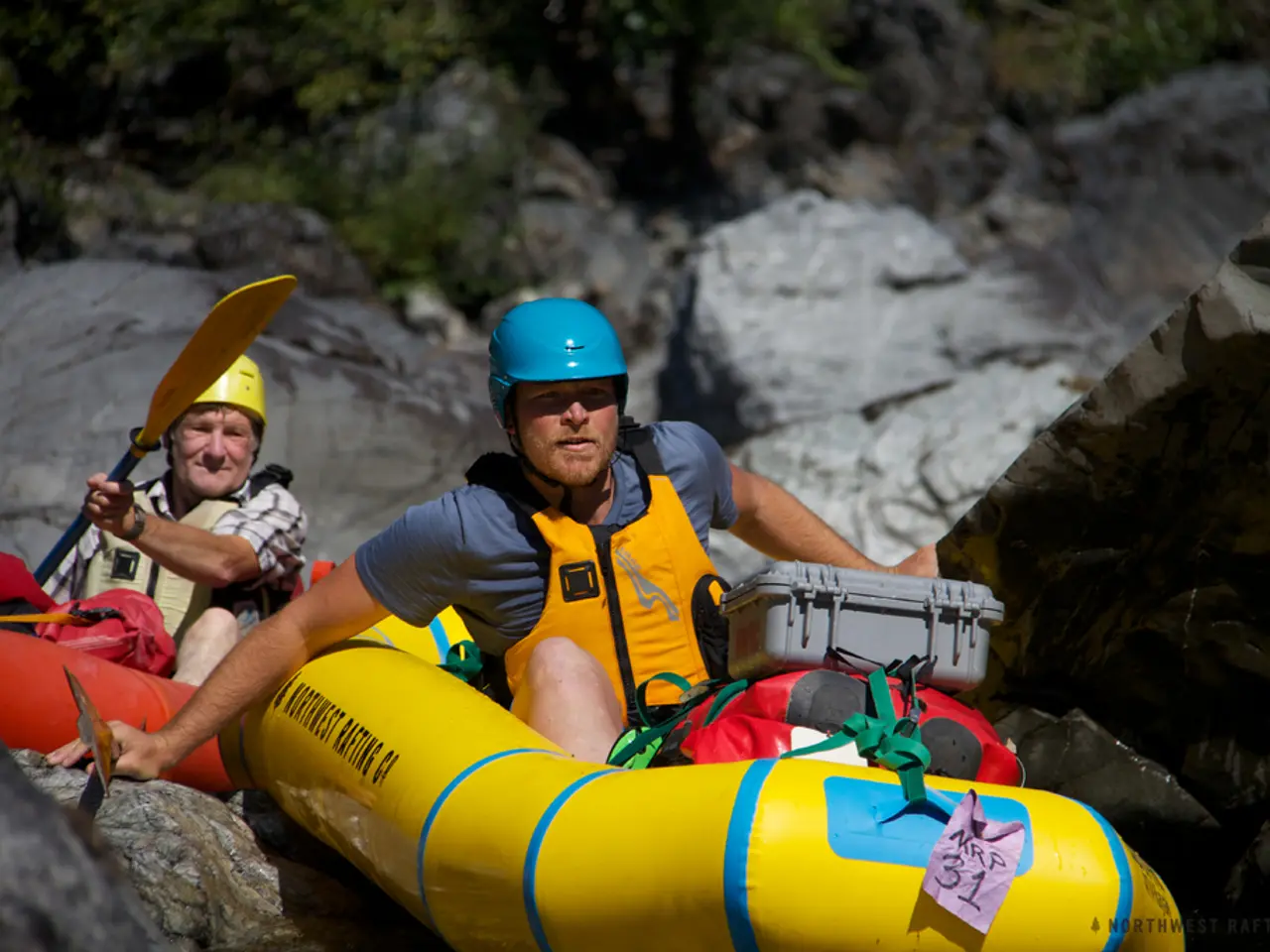Strategies by which Folklore and Tall Tales Enhance Wilderness Learning, Sparking Awe and Curiosity
Integrating Ancient Myths and Fables in Modern Wilderness Education
Ancient myths and fables can be powerful tools in modern wilderness education, bridging the gap between learners and the natural world. By using these stories as storytelling tools, educators can enhance memory retention, promote environmental stewardship, and cater to diverse learning styles.
Storytelling for Memory and Emotional Connection
Sharing stories about sacred groves, nature deities, and natural cycles embeds cultural values and ecological knowledge in memorable narratives. For instance, stories linked to sacred groves dedicated to gods like Zeus or Adonis, where trees symbolize the divine and embody nature’s cycles, anchor environmental lessons in vivid, symbolic contexts that aid memory retention and foster respect for nature.
Cultural and Experiential Learning
Integrating Indigenous and other traditional ecological knowledge through their myths offers diverse perspectives on the human-nature relationship, broadening understanding and respect for the environment. These stories often include philosophical dimensions explaining life cycles and ethical stewardship, appealing to oral and relational learning styles.
Multiple Learning Styles Accommodation
Using myths allows educators to engage learners through auditory (storytelling, oral recitation), visual (artifacts, illustrations, reenactments), kinesthetic (role-playing, nature walks symbolizing mythic journeys), and reflective activities (discussions on symbolic meanings). This diversity supports deeper comprehension and retention.
Promoting Environmental Stewardship
Myths often frame nature as sacred or a living entity deserving care, which can inspire a stewardship ethic. Emphasizing the sacredness of groves or natural sites as historically protected spaces can motivate learners to emulate these preservation values today.
Modern Pedagogical Integration
Educators can connect mythic themes to current environmental issues, such as climate change awareness and habitat conservation, making ancient narratives relevant and actionable in modern contexts.
In practice, teachers might use ancient myths as thematic anchors during wilderness excursions, linking the symbolic elements of stories (e.g., cycles of death and rebirth symbolizing seasonal changes) with direct observation and ecological lessons, thus integrating cognitive, emotional, and experiential learning pathways for greater impact.
Auditory and Visual Learners
Animals become memorable characters with distinct personalities and motivations that reflect their real ecological roles. Traditional tales often feature symbolic elements like the eagle representing freedom or the oak tree symbolizing strength, providing visual anchors that make abstract environmental concepts concrete. Auditory learners excel when wilderness education embraces the spoken word traditions of myths and fables. Visual learners thrive when wilderness education incorporates the rich imagery found in nature myths and fables.
Regional Folk Tales
Regional folk tales ground wilderness education in the specific landscape surrounding students, making learning more personal and relevant.
Indigenous Wisdom
Indigenous myths contain centuries of environmental wisdom that modern science is only beginning to understand. Tale characters become reference points for real wilderness encounters, transforming passive outdoor time into engaged exploration where students connect mythical elements with tangible natural phenomena.
Creation Myths
Creation myths across cultures present natural elements as sacred gifts requiring careful stewardship rather than unlimited exploitation. The rhythm and cadence of oral storytelling helps auditory learners retain wilderness knowledge more effectively than written materials alone. These students absorb information best through campfire storytelling sessions, nature walk narratives, and group discussions about traditional tales.
By integrating ancient myths and fables into modern wilderness education, educators can create a rich, engaging learning environment that fosters a deeper connection to nature, promotes environmental stewardship, and caters to diverse learning styles.
Science and Education-and-Self-Development ConnectionModern scientific understanding can be enriched by examining ancient myths as they often contain ecological knowledge that aligns with current scientific principles, offering fresh perspectives for students of science and self-development.
Lifestyle and Cultural AppreciationIncorporating the use of regional folk tales and Indigenous wisdom in modern wilderness education allows learners to develop an appreciation for various cultures while fostering a respect for the natural world and the lifestyles that have grown from it, promoting a culturally rich and environmentally conscious lifestyle.




